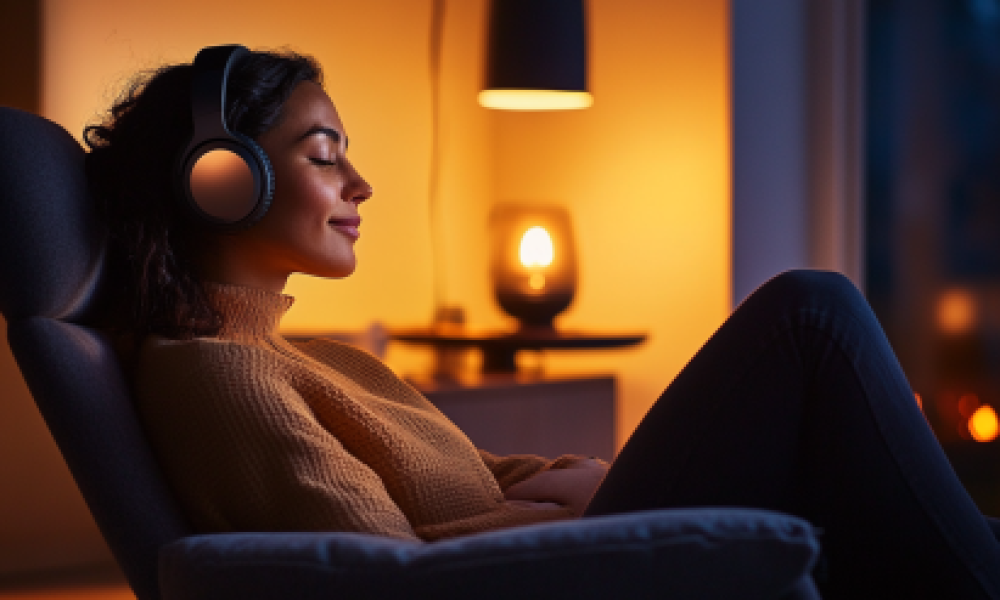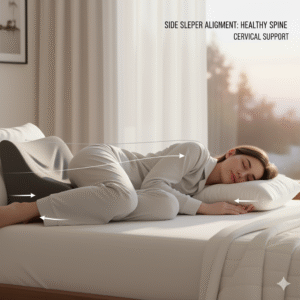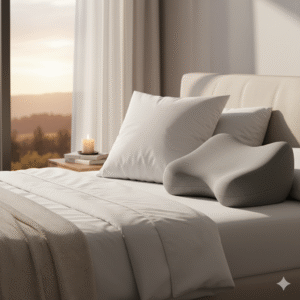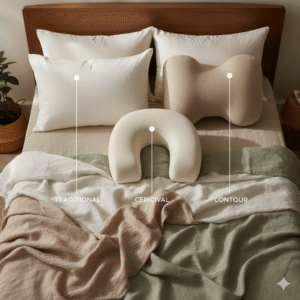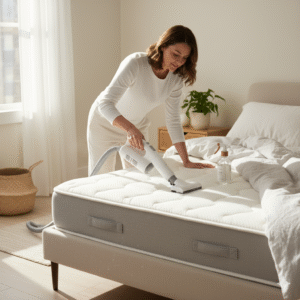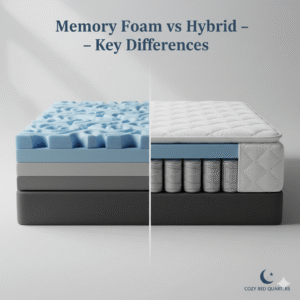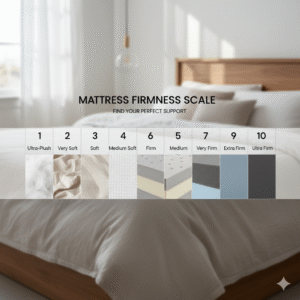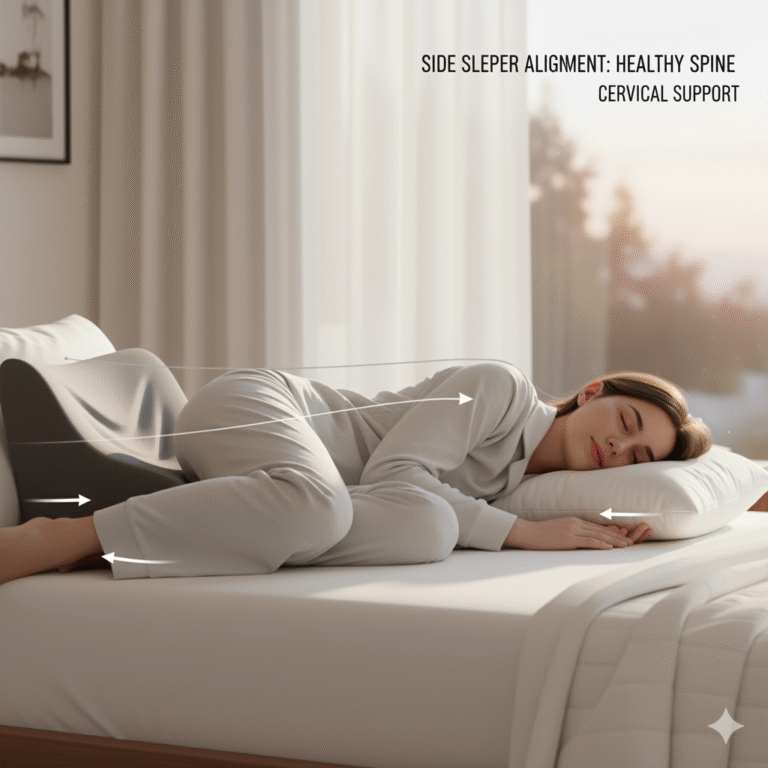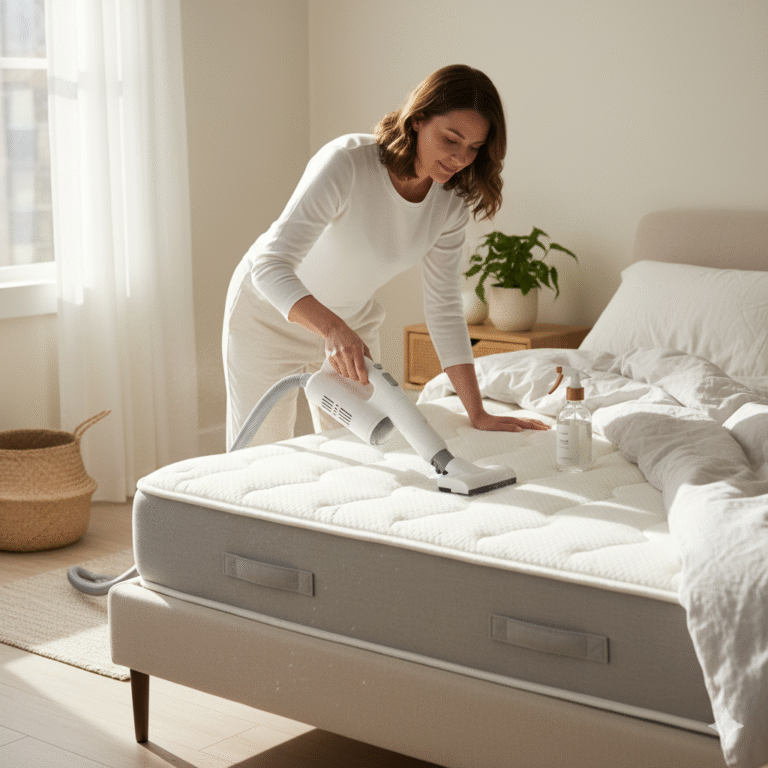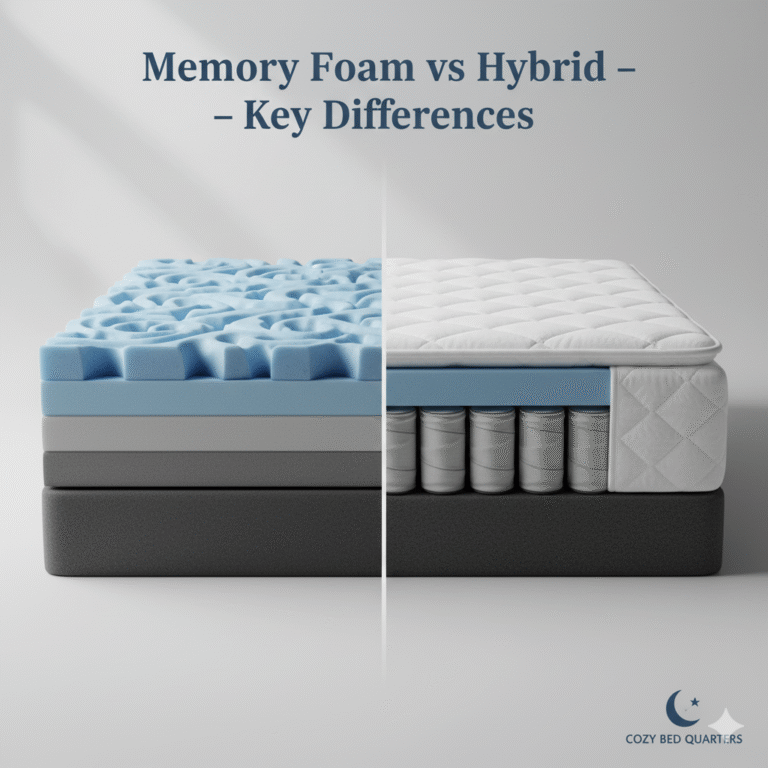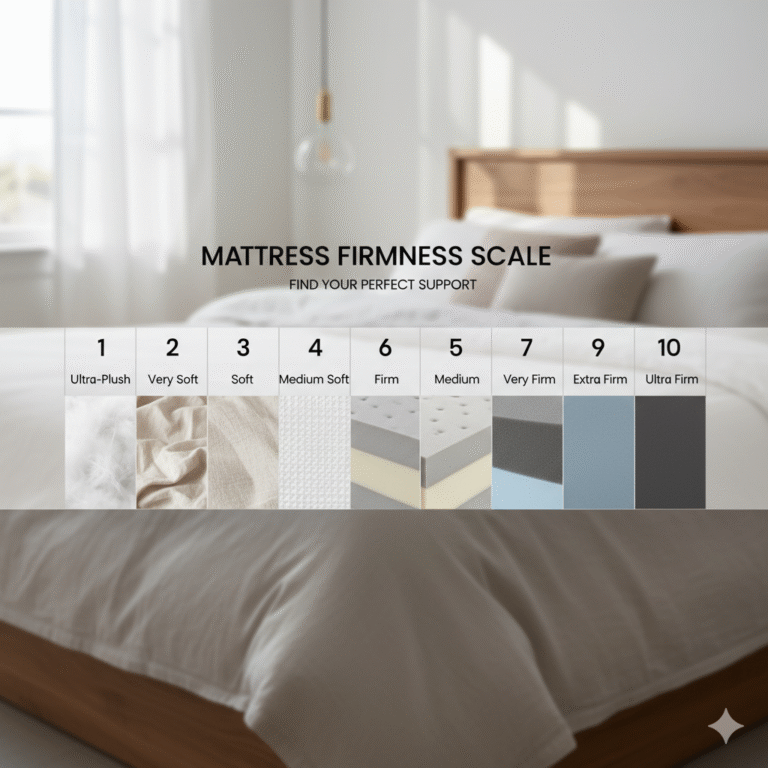Managing Sound Sensitivity: How to Regain Calm in a Noisy World
If everyday noises leave you tense or drained, learning about Managing Sound Sensitivity can transform your quality of life. This guide covers proven strategies, calming home setups, and sensory-friendly tools to help you reclaim comfort and focus—no matter how loud the world gets.
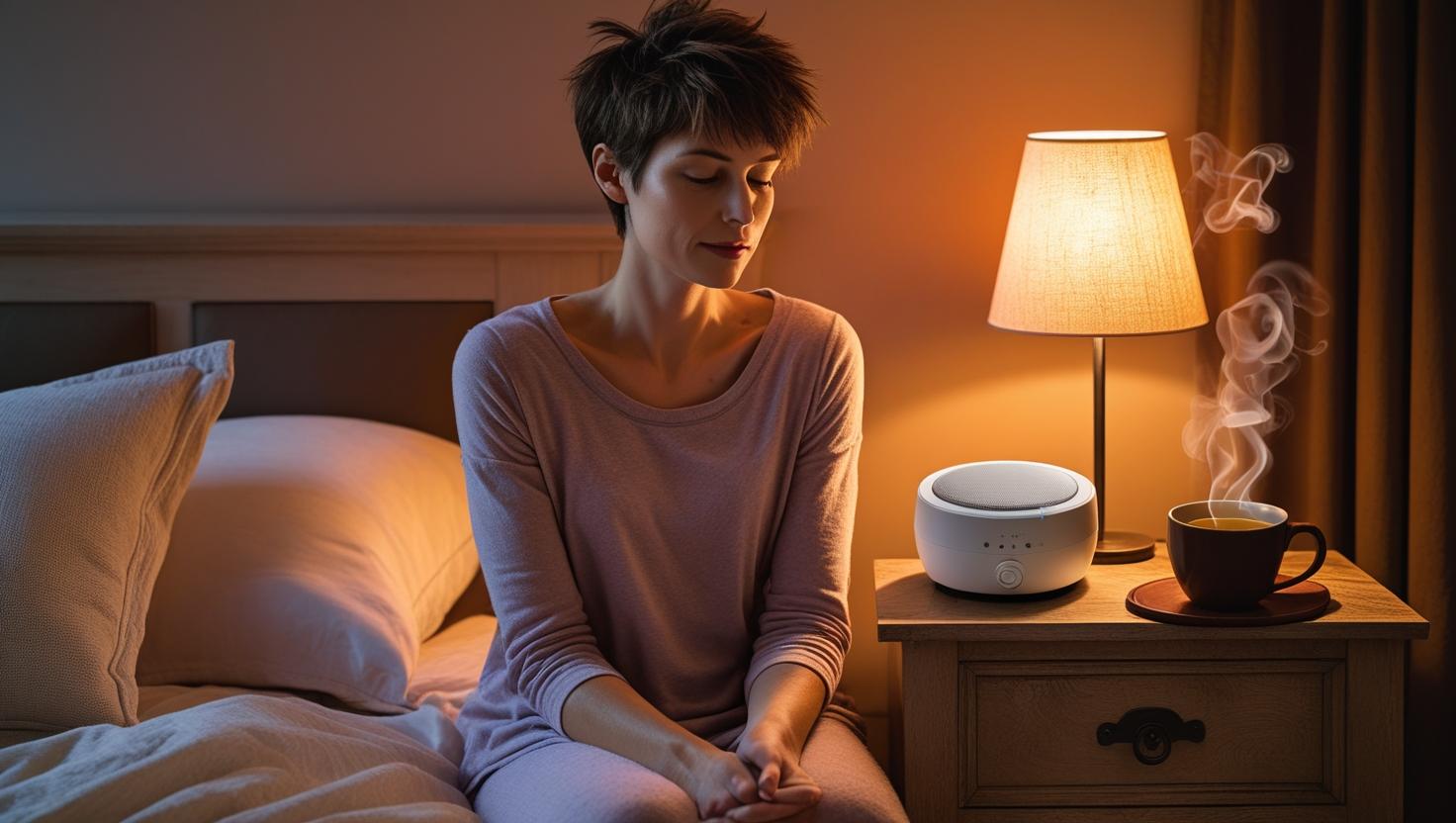
Key Takeaways: Managing Sound Sensitivity
- Managing Sound Sensitivity helps turn triggering sounds into manageable background noise.
- Practical strategies include CBT, soundproofing, high-fidelity earplugs, and sound therapy.
- Creating a personal quiet zone and using noise-canceling headphones provide quick relief.
- Long-term gains come from therapy, occupational support, and lifestyle balance.
- Seek professional help if sound overwhelm affects work, relationships, or daily wellbeing.
What Is Managing Sound Sensitivity?
Managing Sound Sensitivity means recognizing when everyday sounds feel amplified—and taking steps to reduce their impact. This includes conditions like misophonia, hyperacusis, and sensory differences often seen with ASD or ADHD. When unmanaged, noises like typing, traffic, or chatter can heighten anxiety and disrupt focus.
Optimizing your sleep space can buffer noise and lower arousal at night. Explore bedroom layouts that naturally reduce sound and promote serenity: Feng Shui Principles for Bedroom Layout.
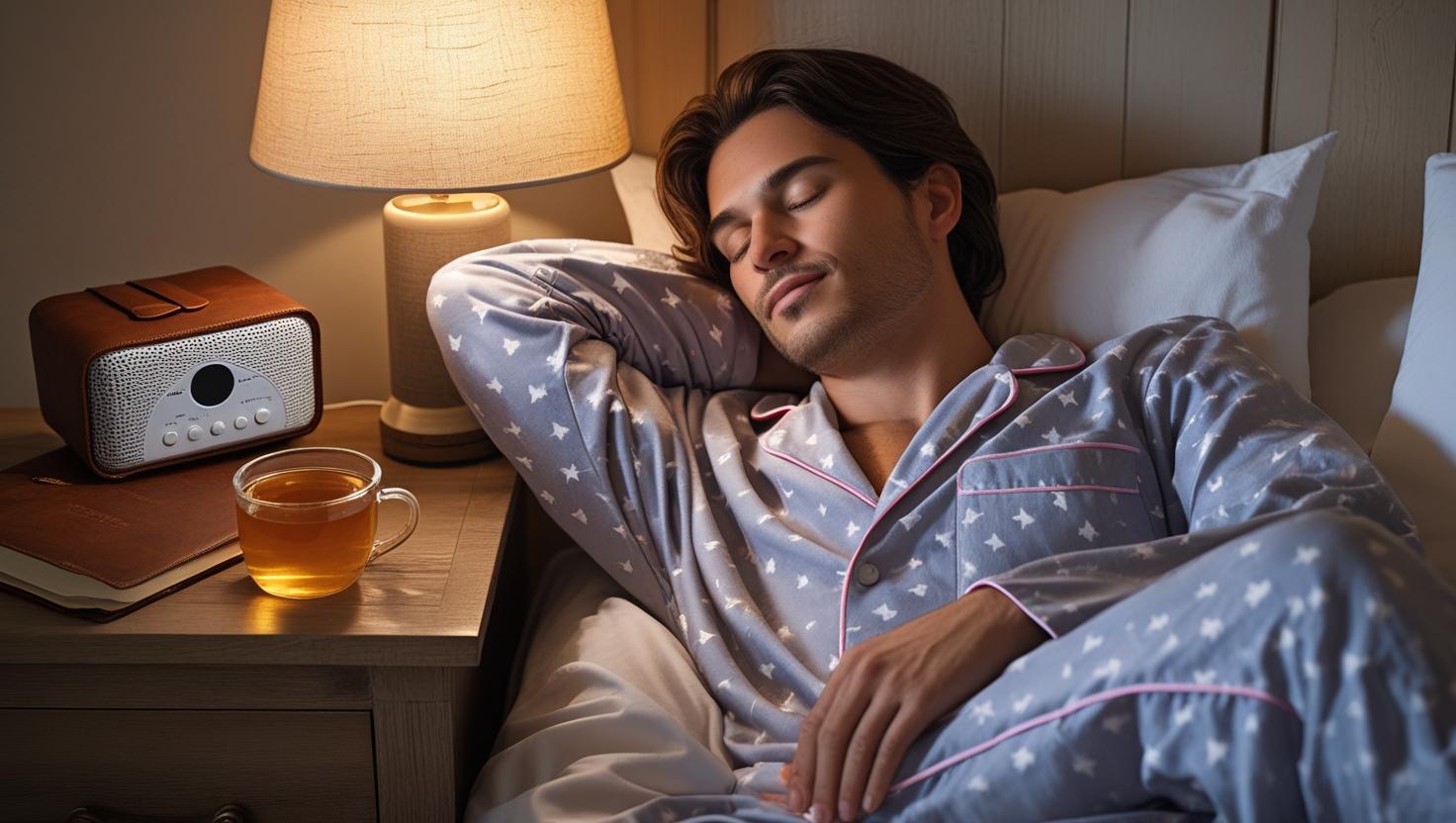
How Common Is Sound Sensitivity?
Answer first: You’re not alone—sound sensitivity is common. Population studies report notable rates of hyperacusis and related sensitivities, and recognition is growing across age groups. Authoritative resources like the NIH/NIDCD track prevalence and research so people can find evidence-based care.
Why Sounds Feel Overwhelming: Triggers & Causes
- Volume hypersensitivity (hyperacusis): normal sounds can feel painfully loud.
- Trigger-specific reactions (misophonia): strong emotions toward chewing, tapping, or sniffing.
- Neurological factors: ASD or ADHD can amplify sensory input.
- Stress or trauma: elevated cortisol reduces tolerance to noise.
At night, use a layered approach: soft lighting, breathable textiles, and layout tweaks that dampen echo. See: Feng Shui Bedroom Tips for Harmony and Better Sleep.

Building Your Sound Sanctuary at Home
1) Soundproofing Made Simple
Answer first: Soften hard surfaces and seal gaps—small changes can dramatically cut noise. Add rugs, heavy curtains, acoustic panels, and bookcases to absorb echo; use door sweeps and weather-stripping to block leaks. For more ideas, review practical home sound-control tips from Better Homes & Gardens.
2) Gentle Background Sound
Answer first: Neutral sound masks spikes so they bother you less. White noise or soft nature tracks create an auditory “cushion” that reduces startle responses. Learn the basics of white noise and sleep from Sleep Foundation.
3) Create a Dedicated Quiet Zone
Answer first: A small retreat helps your nervous system reset. Outfit a corner with pillows, dim lamps, plants, and a headphone station for quick relief. For a calmer aesthetic that also reduces visual load, see Feng Shui Principles for Bedroom Layout.

Gear That Helps: Headphones & Earplugs
Noise-Canceling Headphones
Answer first: ANC headphones reduce steady-state noise and help you focus. Pair with calm playlists (or pink noise) in high-noise spaces like offices, airports, and transit.
High-Fidelity Earplugs Explained
Answer first: Hi-fi earplugs lower overall volume but preserve clarity. They use acoustic filters to reduce sound evenly across frequencies, making conversation and alerts easier to hear. Many offer 20–30 dB reduction and come with multiple tips for a secure, comfortable fit.
- Loop: up to ~27 dB with interchangeable filters.
- Vibes: ~22 dB, low-profile design for daily wear.
- Knops: adjustable attenuation up to ~30 dB.
Coping Techniques: Mental & Emotional Tools
1) Cognitive Behavioral Therapy (CBT)
Answer first: CBT retrains your response to triggers. Through graded exposure, reframing, and coping skills, CBT can reduce anxiety and avoidance tied to sound.
2) Sound Therapy & Desensitization
Answer first: Consistent, low-level exposure builds tolerance. Audiologist-guided programs use neutral tones or pink noise to recalibrate how your brain processes sound. Read more about noise and sleep science at the Sleep Foundation.
3) Relaxation & Stress Reduction
Answer first: Mindfulness, diaphragmatic breathing, yoga, and progressive muscle relaxation interrupt the sound → stress loop. Consider tactile comforts that dampen room echo—plush throws, drapery—and bedding that supports recovery. If you favor natural textiles, options like organic bedding, sustainable bedding, and even eco-conscious sheets can contribute to a softer, quieter feel.
4) Occupational Therapy (OT)
Answer first: OT turns strategies into daily routines. An OT can help you plan schedules, modify workspaces, and structure breaks to reduce cumulative sensory load.
Professional Treatment Options
CBT
Answer first: Typically delivered over 12–16 sessions, CBT targets conditioned reactions and builds practical coping tools for noise-related stress.
Sound Therapy
Answer first: Under clinician guidance, controlled sound exposure helps recalibrate loudness perception and reduce hyper-reactivity.
Medication (Supplemental)
Answer first: In severe cases, clinicians may prescribe SSRIs or anxiolytics to address co-occurring anxiety—best used alongside behavioral strategies.
The Role of Occupational Noise Prevention
Employers should offer hearing protection and safe decibel guidelines in noisy settings (machinery, open-plan offices). Supplement workplace gear with personal hi-fi plugs and decompression routines after shifts.
Support Networks & Community Resources
You don’t have to navigate this alone. Evidence-based hubs and communities offer guidance and solidarity:
- NIH/NIDCD – Hearing & Balance Resources
- Sleep Foundation – White Noise & Sleep
- Reddit: r/misophonia (peer tips & coping stories)
Frequently Asked Questions (FAQ)
- What’s the difference between hyperacusis and misophonia?
- Hyperacusis involves physical discomfort from loudness; misophonia triggers strong emotional reactions to specific sounds like chewing or tapping.
- Can sound sensitivity improve over time?
- Yes. Many people see gains with therapy, gradual exposure, and consistent coping tools, then maintain progress with supportive habits.
- Are high-fidelity earplugs safe for daily use?
- Yes. They reduce volume while preserving clarity and are designed for repeated wear in classrooms, offices, and public spaces.
- When should I see a professional?
- If sound overwhelm affects your work, relationships, or sleep, consult an audiologist, therapist, or OT experienced in sensory issues.
- Does medication cure sound sensitivity?
- No. Medication may ease anxiety or insomnia but works best combined with CBT and sound therapy.
Final Thoughts: Managing Sound Sensitivity — It isn’t about avoiding sound; it’s about regaining control. With a mix of therapies, home design tweaks, and trusted resources, your sensory world can feel calmer and more predictable. For more serene bedroom ideas, explore Cozy Bed Quarters’ Feng Shui principles.

Related Reading: Managing Sound Sensitivity
From Cozy Bed Quarters
- Feng Shui Principles for Bedroom Layout
- Feng Shui Bedroom Tips for Harmony and Better Sleep
- Understanding Sensory Processing Disorders
From Trusted Sources
- Sleep Foundation — Pink Noise & Sleep
- Better Homes & Gardens — Block Sound Pollution at Home
- Parachute Home — Minimalist Bedroom Design

